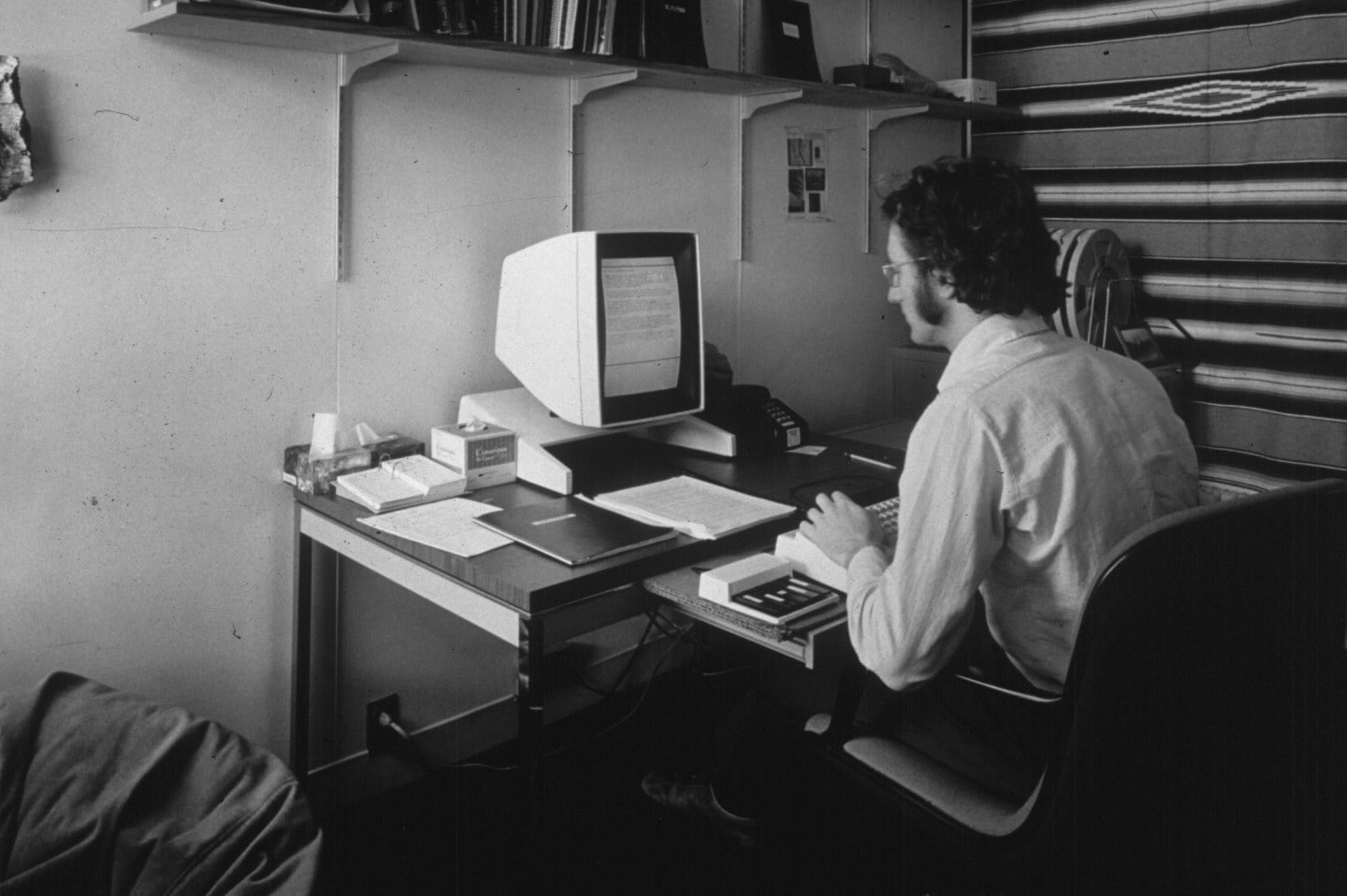Larry Tesler, inventor of copy-and-paste, dies at 74
Originally posted in The Washington Post
Mr. Tesler, who worked for several leading tech companies, including Xerox, Apple, Amazon and Yahoo, devoted much of his career to the idea of making computers practical, affordable and easy to use.
During the 1970s, he worked at Xerox’s Palo Alto Research Center in California, which produced many breakthroughs in computer technology. Among other advances, Mr. Tesler was credited with helping develop the terms “user-friendly” and “WYSIWYG,” for “what you see is what you get,” to describe the goal of having computer printouts be the exact duplicate of what is seen on a screen.
He also devised what is known as Tesler’s Law, a tenet holding that, in any computing system, there is a level of technical complexity that cannot be reduced.
It was Mr. Tesler’s work on the Gypsy word processor at PARC during the 1970s that turned out to have the greatest utility and long-term impact. With his interest in simplicity and ease of use, he sought ways to make computers more interactive for consumers, a notion called “user interface” in computer design. In developing his designs and ideas, Mr. Tesler often asked ordinary users — rather than computer experts — what they wanted their machines to do.
For his best-known innovation, Mr. Tesler adapted an age-old practice of schoolchildren — cutting out pictures and pasting them in scrapbooks — to computers. At first, he thought cut and paste would apply strictly to design and visual images.
“I would have some analogous thing called delete and insert to use for moving text around, but it would have the same concept,” he said in a 2013 oral history interview with the Computer History Museum in Mountain View, Calif. “After a while, I thought you don’t really need a different name. We can probably teach people what cut and paste means even if they’ve never heard of it before.”



